A welcome and necessary addition to any graffiti academic’s library comes Urban Styles: Graffiti in New York Hardcore, carefully documented by Freddy Alva. A thorough recounting of the birth and growth of graffiti through the
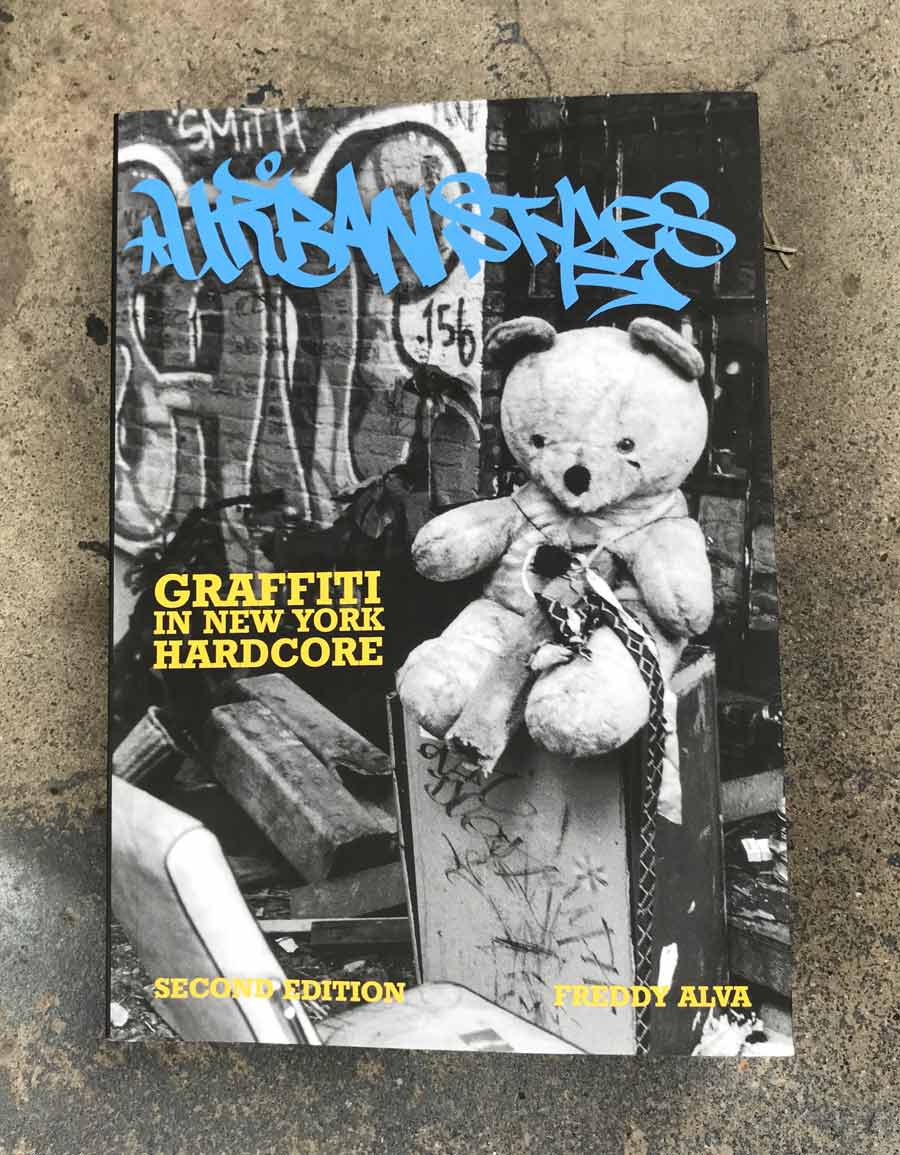
Alva is careful to give due to the graffiti scene that is more often identified as the roots of this practice of urban mark making; the hip-hop culture of primarily black and latino youth during the 1960s and 1970s. As the neoliberal corporate capitalists took over Wall Street and the Reagan White House, a different sort of graffiti writer was often showing up on the street – and often on stage as part of a hardcore band.
Mr. Alva says that early hardcore bands like Frontline “became an important foundation to the eventual hardcore and graffiti synthesis that would come to envelop the scene.” It makes sense since the band featured graff writers including HYPER, RACE, ME62, and NOAH.
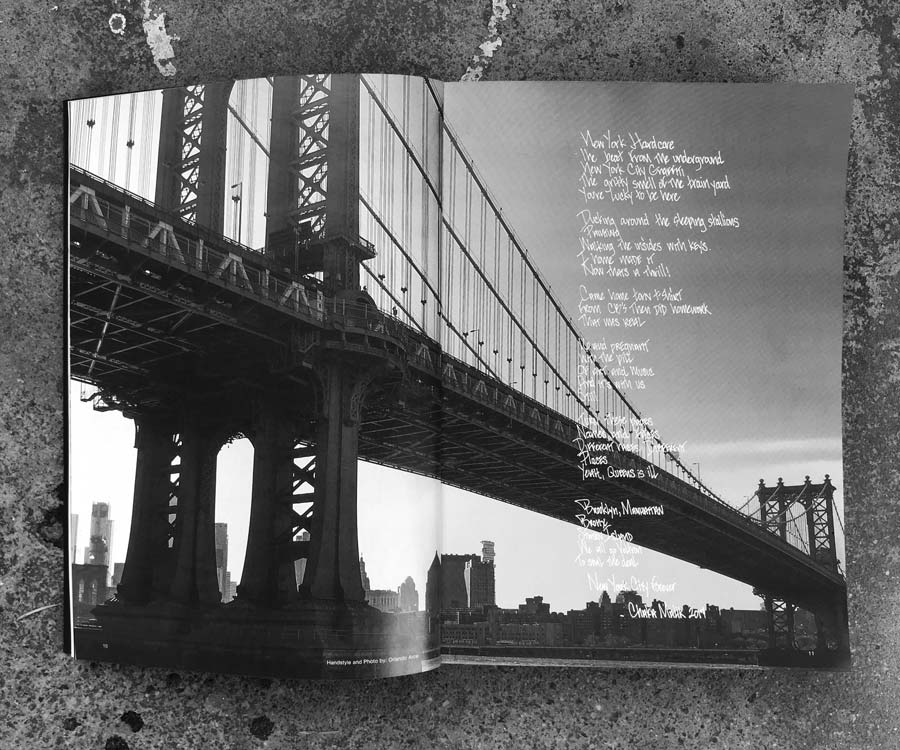
It’s an infrequently told history related in great detail following a timeline which identifies the “golden age” of this subcultural hybrid as 1985-1995. Packed full of extensive interviews with writers and essays by experts on the scene like Sacha Jenkins, it summons a gravel-voiced city cinema vérité flavor to a rugged unvarnished history and sometimes conflicting perspectives.
The series of interviews profile a wide number of individuals who are looking back on a common graff writing history; sometimes imparting a certain nostalgic haze to their stories. Their common path leads them to espouse philosophies and worldviews that are somehow universally rooted in struggle, but the insights and individual outcomes are anything but homogeneous. But almost all of them dislike or hate Street Art, that’s nearly universal.
You may not have been there, but you may feel like you were; its complete with amateur photography, a good selection of zines, black book works, ephemera, and some serious info-graphics on crews, members, and neighborhoods where they originated from (shoutout to designer Orlando Arce). The thick tome even offers a selection of relevant tattoo photos.
On arms.
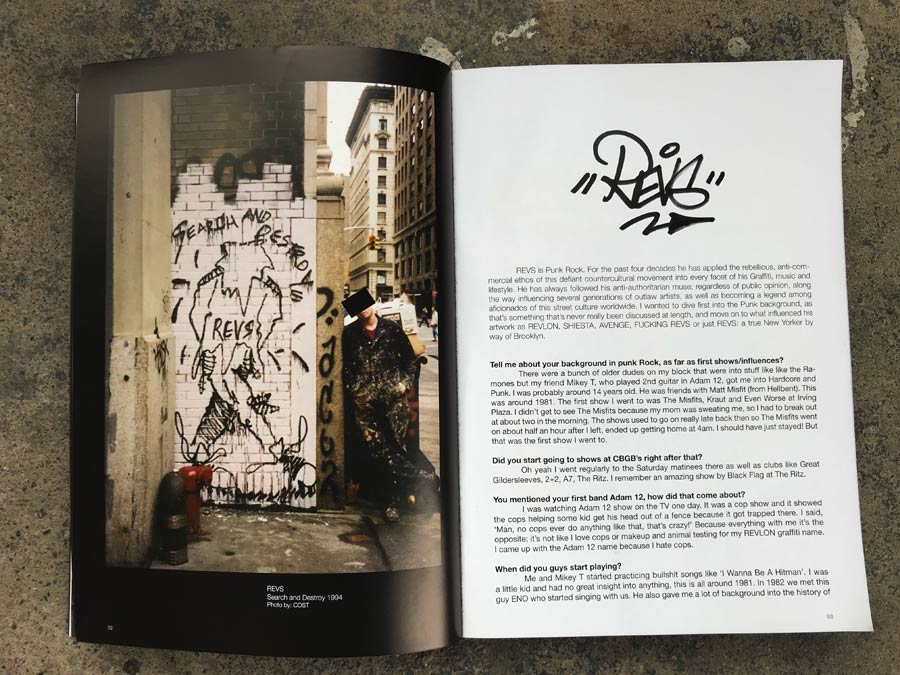
With a newly released second edition after only one year on the bookshelves, this one captures a big name that is as elusive as it is heralded by New York hardcore graffiti fans, REVS. Also a member of a hardcore band named Adam 12, the writer gives a great deal of insight into his path, ethos and career (see the first online publishing of a portion of this interview on BSA).
Tony Rettman, author of NYHC: New York Hardcore 1980-1990 gives praise to Alva for chronicling a scene that not many have paid sufficient due to and which contributed in a large way that clearly illustrates the interstitial relationships of New York’s various graffiti cultures.
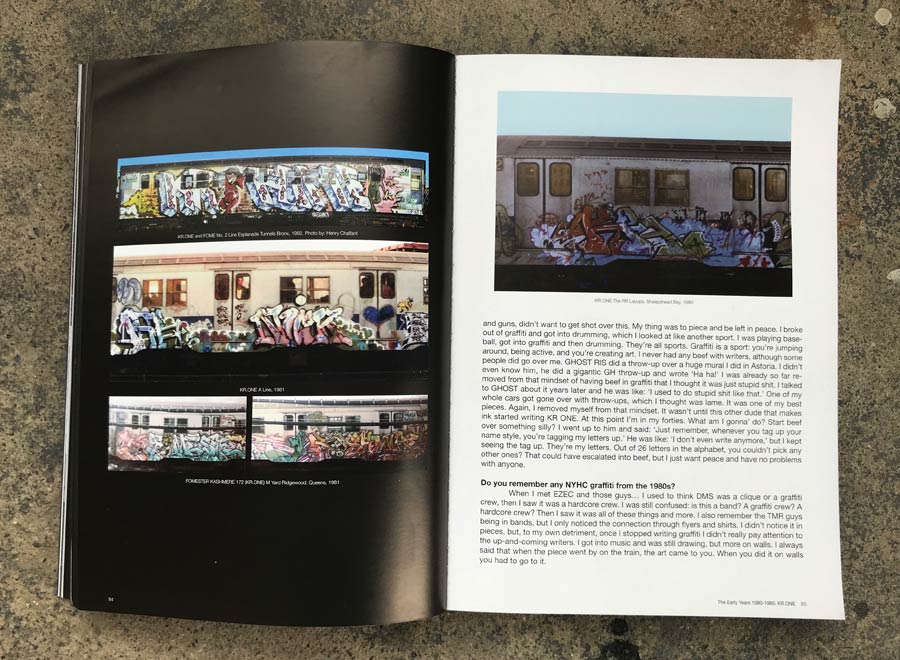
“The correlation between graffiti culture and punk rock is something solely concentrated to New York and it’s surrounding boroughs,” Rettman writes. “Freddy A
“I have had the good fortune of maintaining decades-long friendships with some of the people featured in these pages; the writers that played in bands, the writers that represented the scene, the graffiti crews that were composed of hardcore fans, the photographers of classic train pieces, the artists inspired by hardcore iconography, the tattooists that incorporated this imagery in their work… I have always wanted to give these voices an outlet to be heard and to be celebrated,” Alva writes.
With Urban Styles, he has.
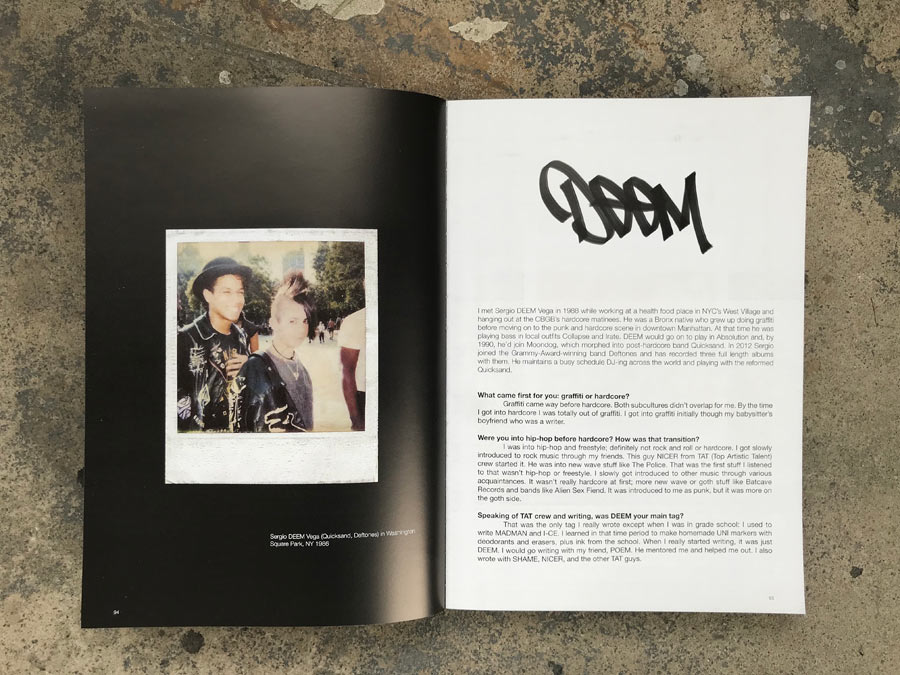
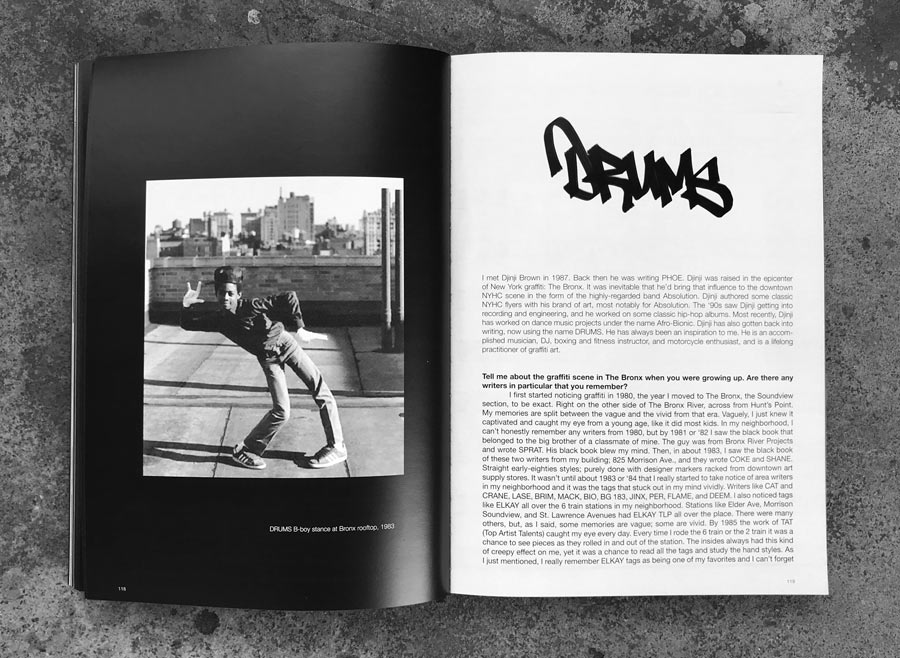
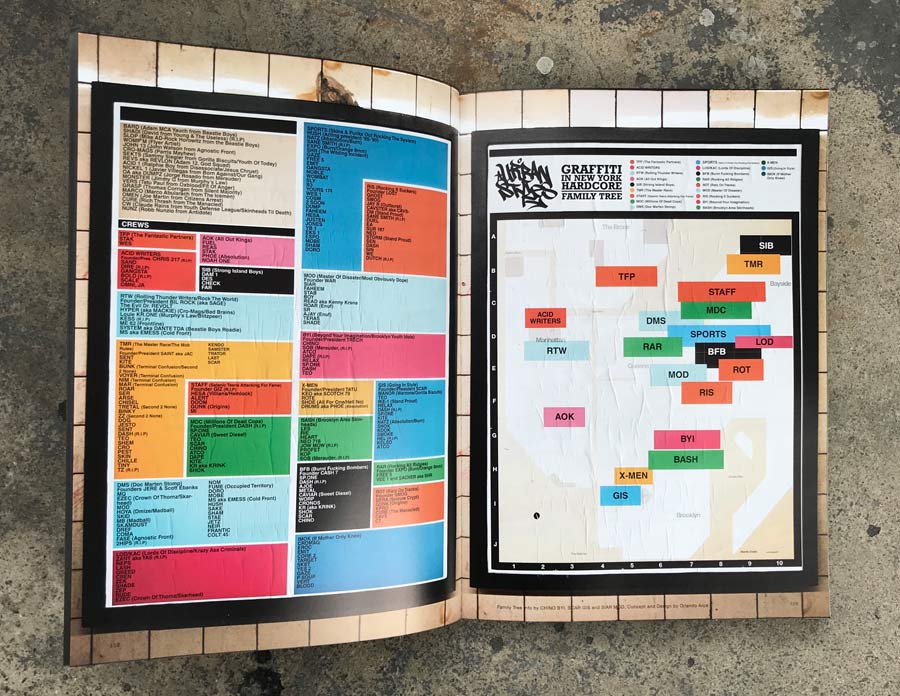
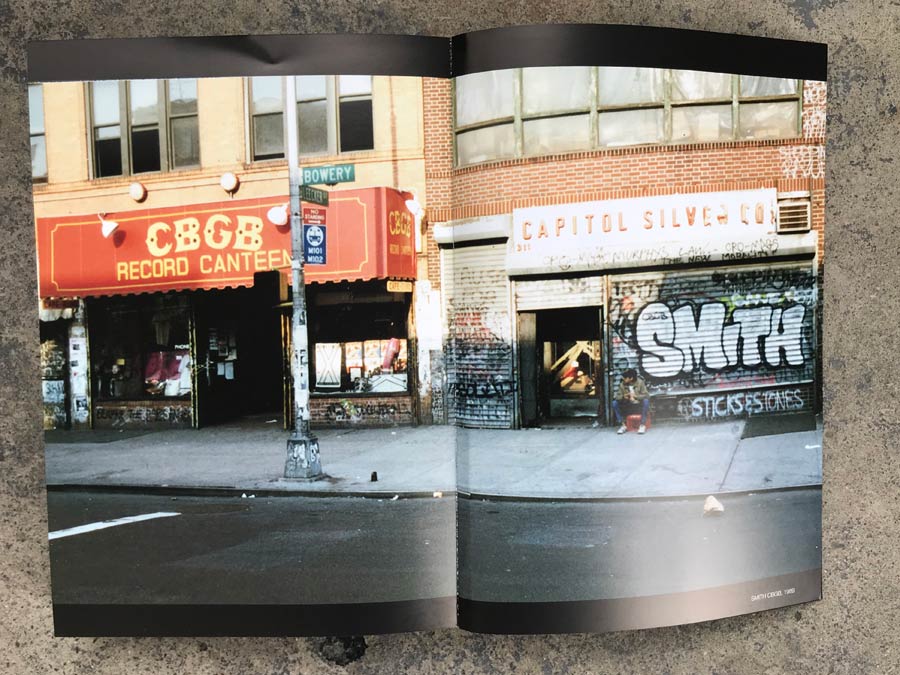
*Banner poem excerpt by Chaka Malik, 2017
To purchase this book please click on the link below:
Other Articles You May Like from BSA:
Hispanic and African American communities have suffered disproportionately due do entrenched social and economic disparities in American society during the COVID-10 pandemic. Not only are larger prop...
“I would recommend you take a good look in the mirror & remember it was White Americans who put you in the presidency, not radical leftists,” tweeted David Duke yesterday as #cha...
Thinking of going out hiking this weekend to see the fern and the flora and the fauna? Face it, you have to go out of the city to see these things - or at least to Central Park. When was the last ti...
Together with new neighbors and old friends from back in the city Thundercut are steadily creating a cultural festival built around one of their first loves: Street Art. The Street Art couple k...
For graffiti artists today, deconstructing the letterform is more popular than you may imagine, and in our experience, leads to even greater things. SODA (photo © Andor Ivan) After 20+ years or s...
 BROOKLYN STREET ART LOVES YOU MORE EVERY DAY
BROOKLYN STREET ART LOVES YOU MORE EVERY DAY










